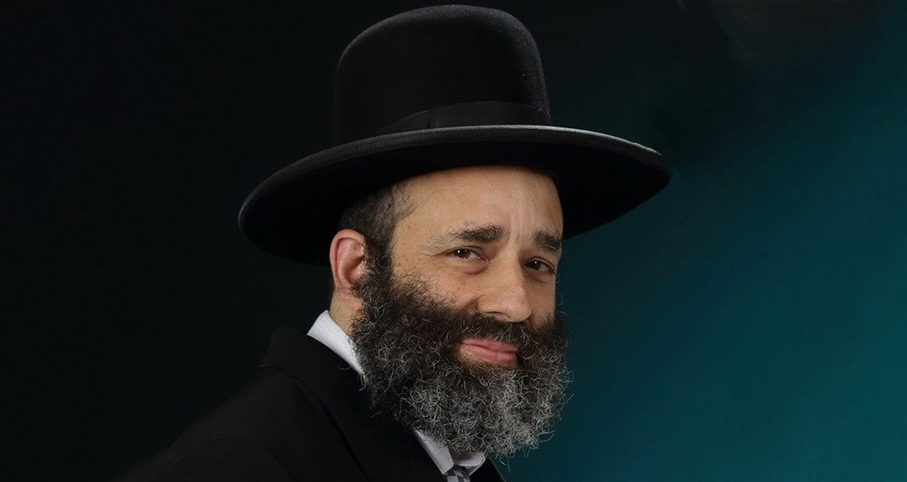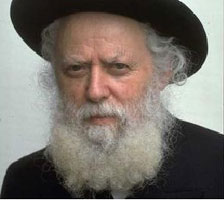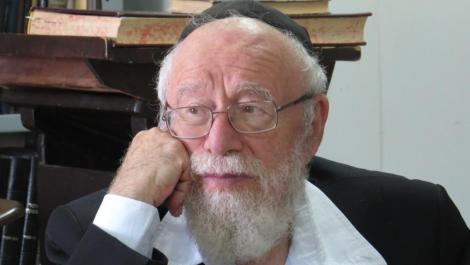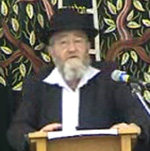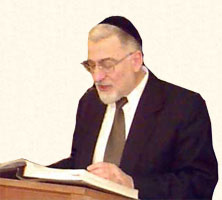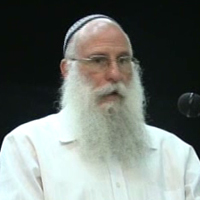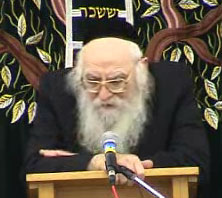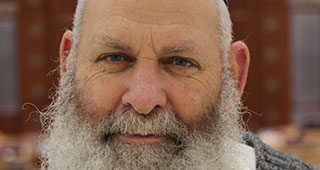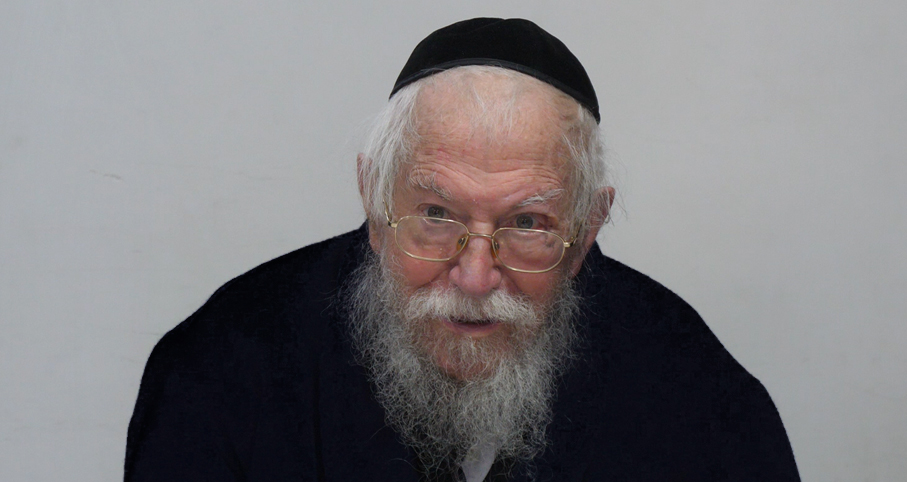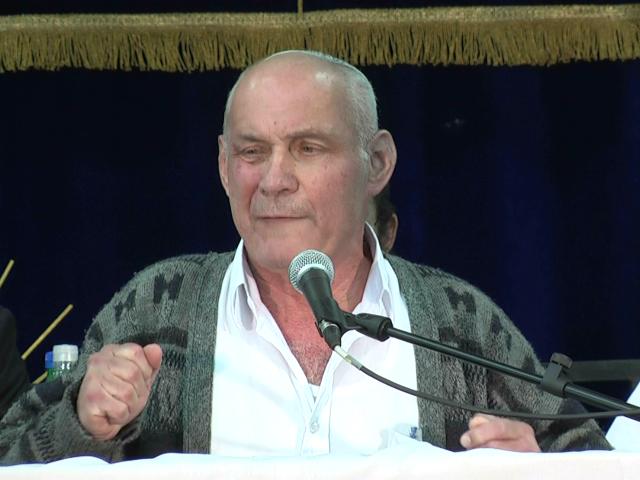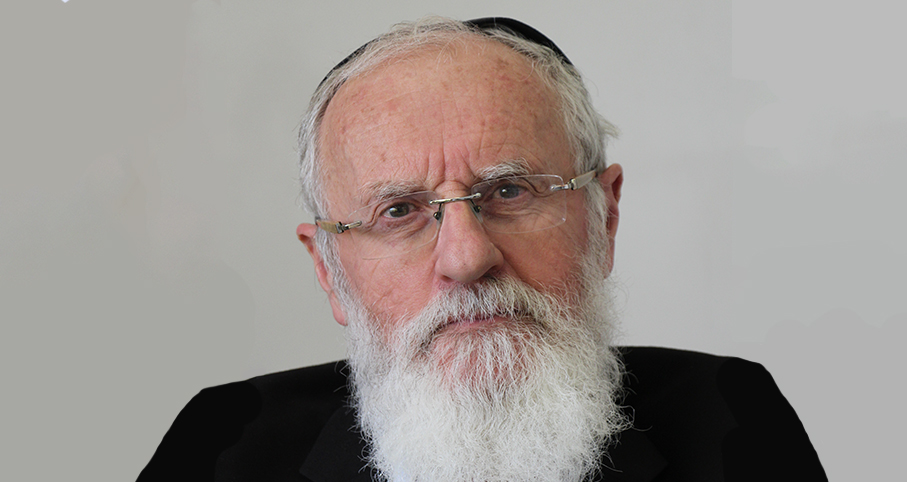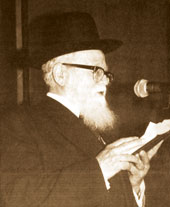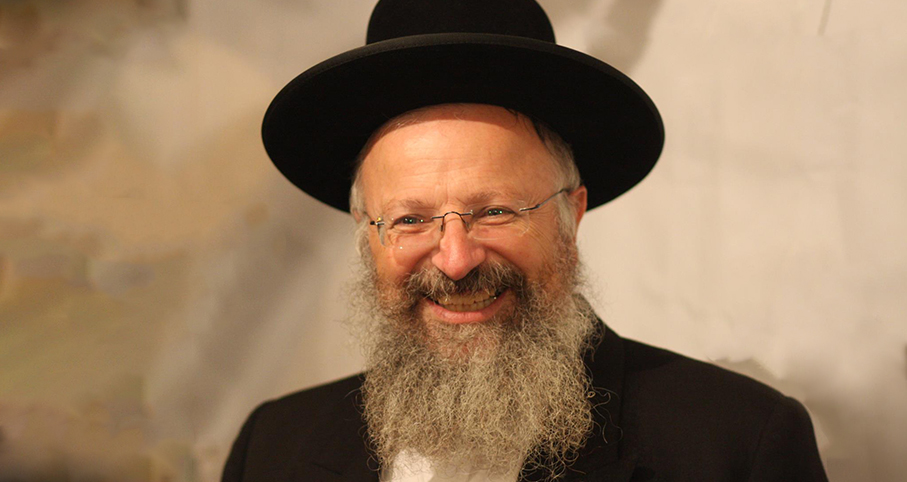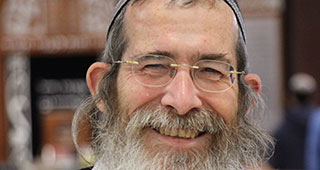Beit Midrash
- Sections
- Chemdat Yamim
- Bemare Habazak - Rabbis Questions
Answer: There are sources and traditions about boiling at least three eggs together. While at first glance the practice flies in the face of halachic logic, the laws of blood spots in eggs are unique, as we will see.
A blood spot in an egg can be the beginning of an embryo, in which case the egg is forbidden, while there is a machloket if it is based on Torah law or Rabbinic law (see Tosafot, Chulin 64b; Beit Yosef, Yoreh Deah 66). If the blood comes from the hen, the blood is forbidden (Rabbinically), but the egg is permitted and can be eaten after the blood is removed (Shulchan Aruch, Yoreh Deah 66:2-3). Poskim provide physical signs of when it is more likely that the blood belongs to one category or the other, but after the egg is handled, it can be difficult to recognize these signs.
We assume that in a case where only the blood is forbidden, there will be 60:1 ratio of permitted material to forbidden to nullify (bitul) the blood (see Darchei Teshuva 66:40). However, if the whole egg is forbidden, bitul requires 60 times more permitted material in the pot against the volume of the egg, and three eggs will not help too much.
There are times that bitul takes place by means of a simple majority. When the minority forbidden food and the majority permitted food are of the same type (min b’mino) and they are "combined" yavesh b’yavesh (separate solid items that are intermingled only in that the identity of the forbidden food is not known), all the pieces are permitted (Shulchan Aruch, YD 109:1). However, this will not help for two kosher and one non-kosher eggs being boiled together because boiling causes their tastes to mix, making a ratio of 60:1 necessary for bitul (ibid. 2).

Bemare Habazak - Rabbis Questions (628)
Rabbi Daniel Mann
213 - Tisha B’Av Pushed Off Until Sunday
214 - How Many Eggs Should be Boiled Together?
215 - Payments Due from Exiting a Rental
Load More
The Yad Yehuda (66:7) explains the practice in question as follows. With two eggs boiling, there is not a permitted majority for bitul if one has a blood spot, and the taste coming from the forbidden egg would render the other egg not kosher. The water in the pot does not help because it is of a different food type. Therefore, three eggs will help you if you find a blood spot after peeling the boiled eggs. The more eggs, the better the chance of a majority, and odd numbers help slightly statistically. The number of eggs is thus not required but suggested.
Almost all egg producers separate roosters and hens, rendering the chances of a blood spot coming from an embryo and forbidding the entire egg very small. Igrot Moshe (Yoreh Deah 1:36) says that since eggs are cheap, we should, as a chumra, throw out the egg for any blood spot. However, he says that we need not throw out another egg cooked with it or require hagala for the pot in which a blood-spotted egg was boiled. While some continue the old practice of using three eggs (see Teshuvot V’hanhagot II:384), this is not halachically called for.

Ask the Rabbi: Cutting Off Threads
Rabbi Daniel Mann | Tammuz 5785

Ask the Rabbi: Kohen Who Has Trouble Standing
Rabbi Daniel Mann | Cheshvan 5786

Ask the Rabbi: Transporting Children before or after Shacharit?
Rabbi Daniel Mann | Kislev 5786

Ask the Rabbi: Mincha after Sunset
Rabbi Daniel Mann | Cheshvan 5786

Rabbi Daniel Mann

Reciting Borei Nefashot on Food When One Will Still Drink
Sivan 3 5780

Pay for Overtime on Shabbat
5773

Davening Early on Shavuot
Iyar 26 5777

